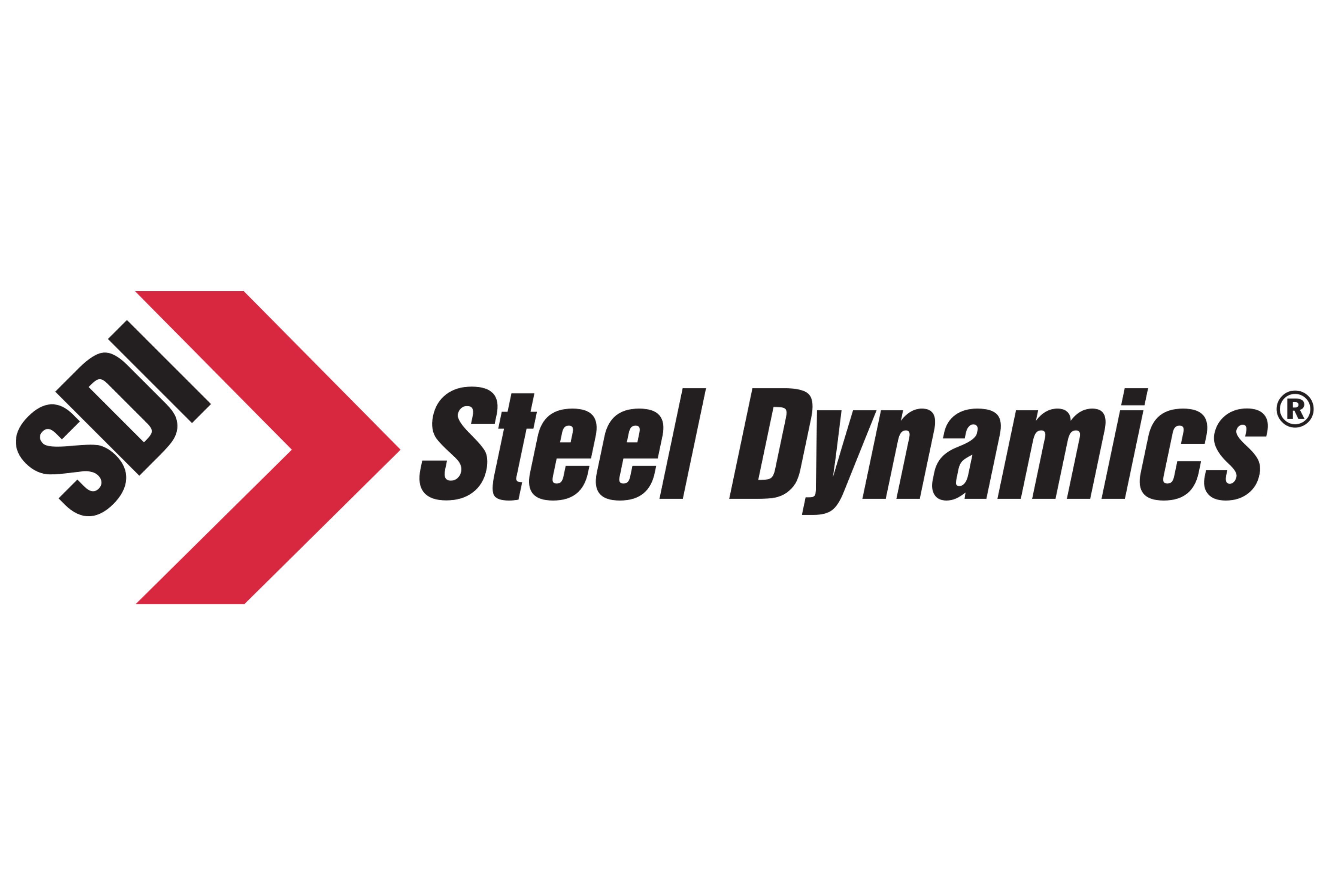Market Segment

May 13, 2014
Furnace Woes at ArcelorMittal Cleveland
Written by Sandy Williams
The C-5 blast furnace at ArcelorMittal Cleveland suffered a breakout at the taphole on Thursday, May 8. A spokesperson at ArcelorMittal says there were no injuries as a result of the incident and the furnace should be fully operational by the week of May 19.
In the meantime, the mill will coordinate with other ArcelorMittal facilities in the US to ensure that customer demand is fully met. It is our understanding that the C-5 furnace produces 4500 tons of pig iron per day.The anticipated pig iron tonnage lost is 45,000 to 63,000 tons (add 25 percent to get steel loss).
The C-6 blast furnace at AM Cleveland continues to operate as normal.
ArcelorMittal is scheduled to take down their largest blast furnace at Indiana Harbor for major maintenance beginning in June. The furnace is expected to be down close to two months.
At the same time, U.S. Steel Great Lakes is reported to be in the process of ramping up their blast furnaces and BOP’s. Normal transit times have resumed for iron ore vessels between loading ports in Minnesota and the mills located on the shores of Lake Michigan and elsewhere.






